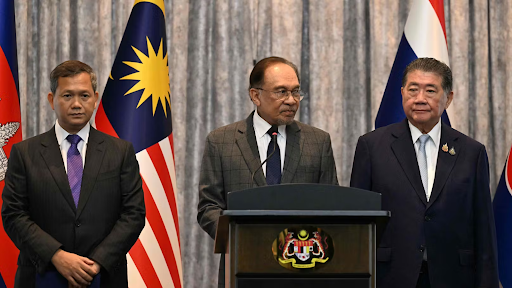The communities that have served for generations as guardians of ancient temple sites along the Thailand-Cambodia border found themselves among the 200,000 people displaced by five days of military confrontation that finally ended with a negotiated ceasefire. These traditional caretakers of cultural heritage became refugees in their own ancestral lands due to fighting that claimed 36 lives.
The displacement of temple guardian communities represents a particularly tragic dimension of the territorial conflict, as these families have maintained connections to the sacred sites for centuries. Their forced evacuation during the fighting symbolizes how modern political disputes can devastate traditional ways of life and cultural continuity.
The ancient temple complexes that sparked the conflict hold deep spiritual and cultural significance for local communities who view themselves as stewards of this irreplaceable heritage. The fighting not only threatened the physical structures but also disrupted the social and religious practices that have been maintained around these sites for generations.
Malaysian diplomatic efforts that brought Acting Thai Prime Minister Phumtham Wechayachai and Cambodian Prime Minister Hun Manet together for peace negotiations recognized the special status of these cultural sites and their guardian communities. The ceasefire, effective from midnight Monday, offers hope for restoration of traditional practices, though continued fighting near Samraong indicates ongoing challenges. A cross-border committee meeting in Cambodia on August 4 will need to address both territorial sovereignty and cultural heritage protection in developing long-term solutions.

